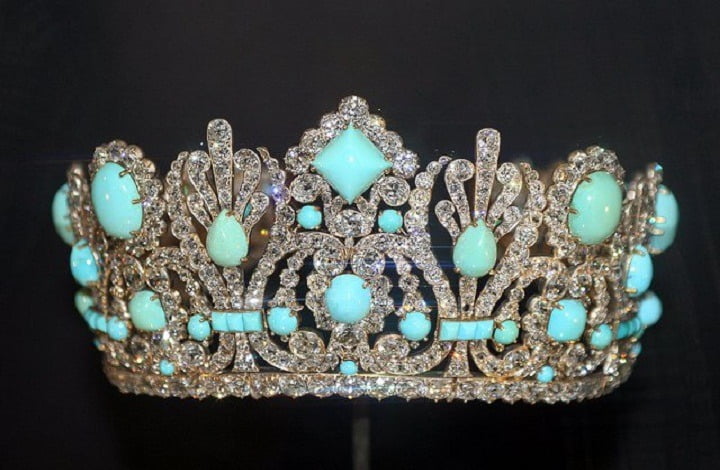Turquoise Value
Turquoise Value | Price and Jewelry Information
Turquoise is also called as “Firoza” and is one of the most spiritual gemstones known till now. In terms of value, color evenness and saturation of Turquoise are the primary considerations. Generally, Turquoise is also found in darker shades and less green tint in blue colors adds more value to the gemstone. Of course, consumers who love matrix pattern of gemstone would love to get a real and natural turquoise. Spiderweb turquoise with little black vein in a matrix pattern looks like crocheted lace and is quite popular among the masses. Turquoise
Value | Price and Jewelry Information
High qualities Turquoise are generally used for cabochons, carvings and inlay. Low grades are used as polished beads.
Turquoise enjoys the best in gem collection. No jewelry is completed with atleast one turquoise and this is the beloved traditional December birthstone. It is the birthstone for those who are born in on Saturday.
What is Turquoise?
Chemically, it is a hydrated copper and aluminum phosphate of aggregate with cryptocrystalline structure. Lynch station is the only deposit which produces transparent to translucent crystals. More typically, turquoise occurs as an opaque nodule with veins in host rocks. The zinc analog of turquoise called faustite has an intense yellow-green color and the density of the stone is within the turquoise range. Turquoise can also form series with minerals such as chalcosiderite and planerite.
Turquoise Colors
The color of turquoise range from blue to blue-green to yellowish-green which depends on the amount of trace elements. Copper add blue color to the stone. Chromium and vanadium adds green color to the stone and iron add yellow color to the turquoise gemstone. In general, US mines have large deposits of slightly greenish blue to green gems due to high iron and vanadium content.
Historically, the most admired stones are still with a fine robin’s egg or celestial blue color, with no matrix. This shade is also called as “Persian grade” and indicates the presence of little amount of vanadium and no iron.
Synthetics and Simulants
The synthetic and stimulants used for Turquoise is the Pierre Gilson that created the most well-known type in 1972. It resembles the finest Persian grade stone, but in microscope actual difference was revealed. Natural stones have smooth surface and under magnification, the synthetic displays a mix of tiny blue spheres. There are stimulants present in the market such as plastics, ceramics and glass.
There are some natural gemstones which can be mistaken for turquoise such as variscite looks like green turquoise. In fact, variscite and turquoise can sometimes occur together in rocks. This is the attractive combinations of patterns and colors and can get premium price for the same.
Other Turquoise Treatments
Plastic impregnation, sometimes with dye: This improves durability and color, common, stable.
Wax impregnation: This improves color, common, may pick up dirt and discolor.
Epoxy impregnation: This improves color slightly and makes porous material stronger
Dyeing with shoe polish: This enhances webbing, common and is stable except to acetone.
Epoxy backing: This adds strength and weight.
Surface coating with epoxy, lacquer, etc: This improves color, seals dye.
Turquoise Value | Price and Jewelry Information
Sources
Turquoise is found in arid regions. It mostly occurs where ground water percolates through aluminous rock in the vicinity of copper deposits. Like azurite, malachite and opal, it’s secondary mineral that forms by the interaction of pre-existing minerals and their solutions.

